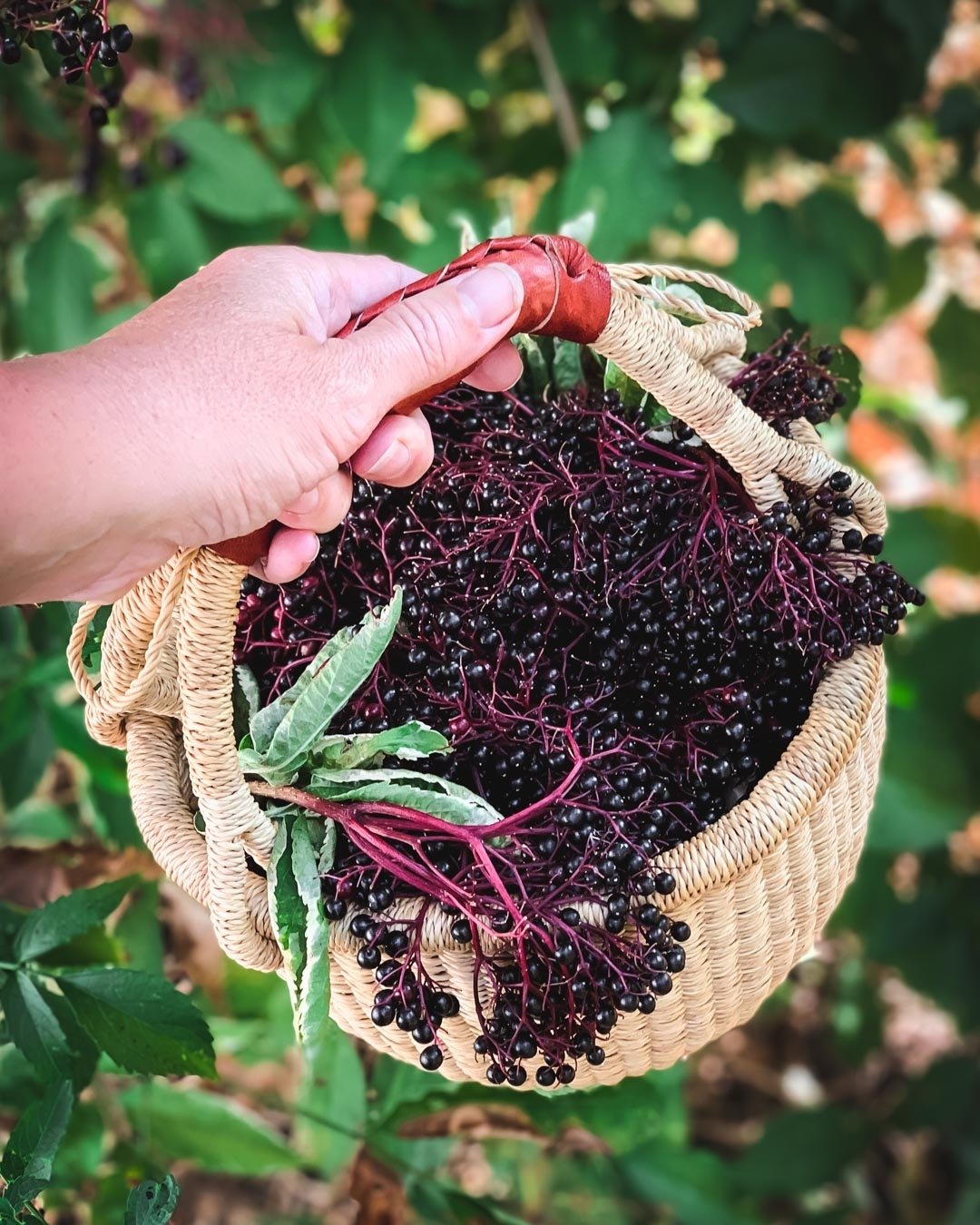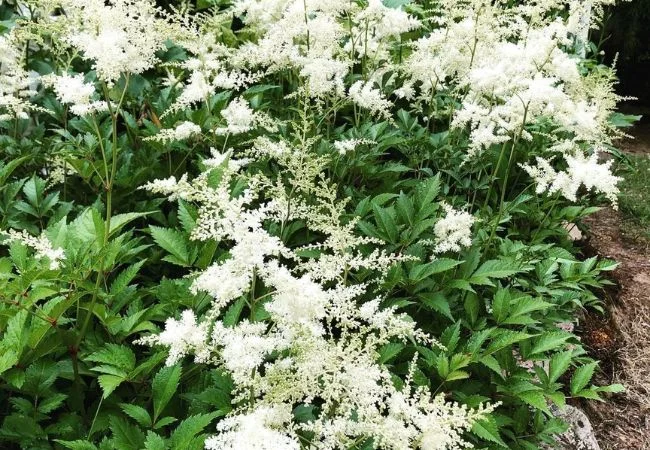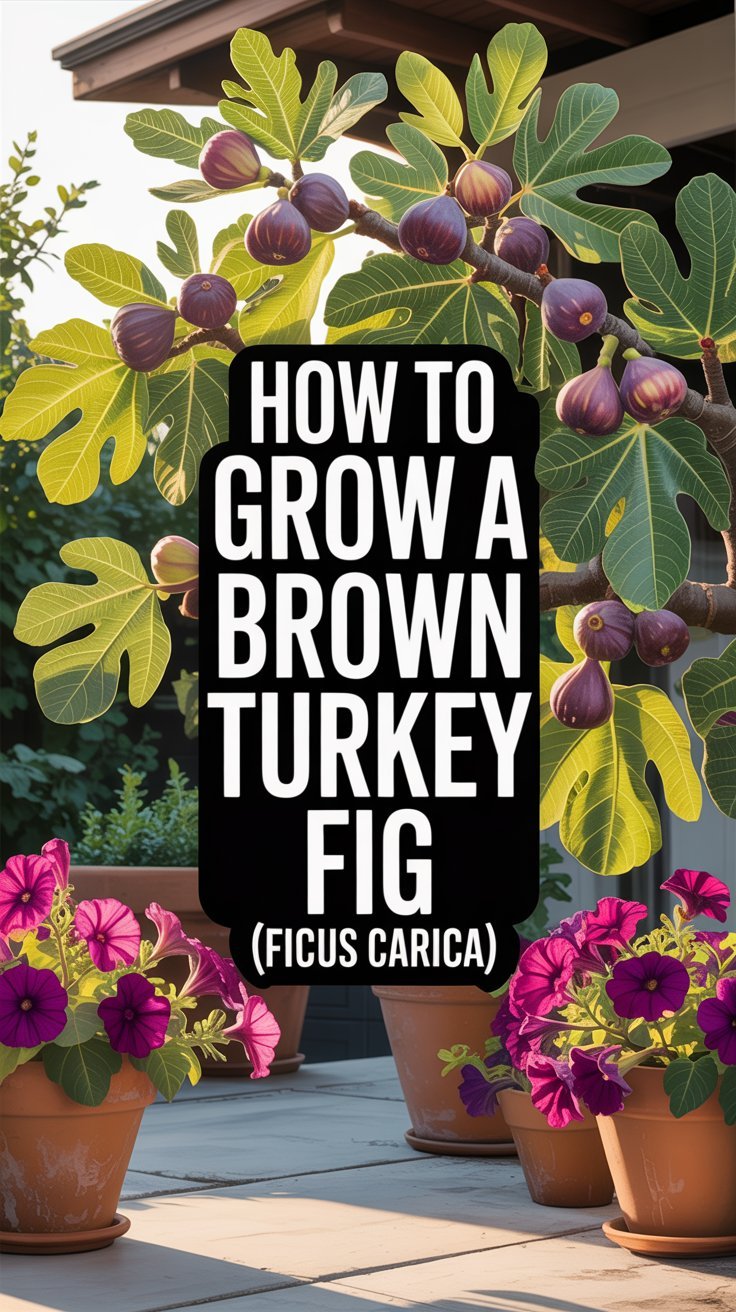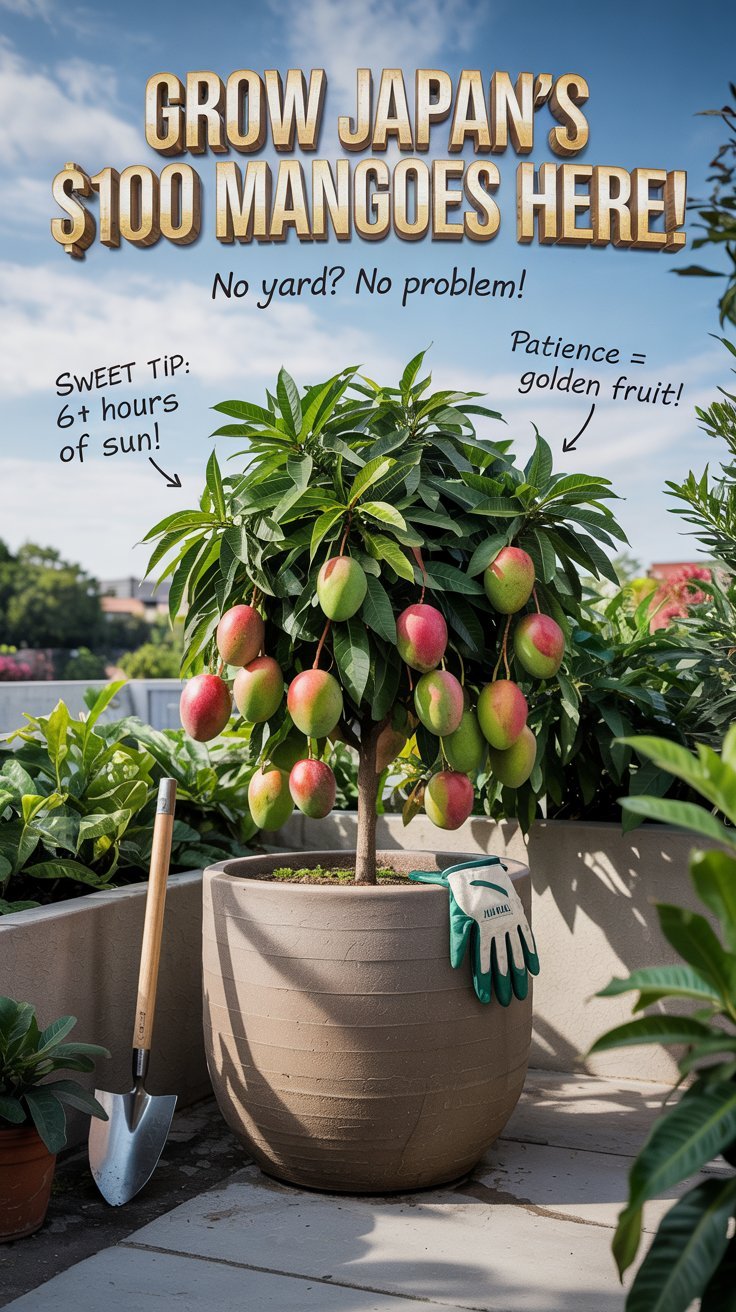Learn how to grow and care for elderberry bush, known for their versatility and health benefits. Discover planting tips, harvesting advice and how to use these productive plants in your garden.
Elderberry bush are a fantastic addition to any garden, offering both beauty and functionality. Known for their clusters of tiny white flowers and dark purple berries, elderberries are prized for their health benefits and culinary uses. In this guide, we’ll walk you through everything you need to know about growing, caring for, and harvesting elderberry bushes.
Here is a chart with detailed information on the Elderberry Bush:
| Category | Information |
|---|---|
| Botanical Name | Sambucus nigra (Common Elderberry), Sambucus canadensis (American Elderberry) |
| Common Name | Elderberry Bush |
| Plant Type | Deciduous Shrub |
| Hardiness Zone | 3-9 |
| Sun Exposure | Full Sun to Partial Shade |
| Soil Type | Moist, Well-drained Soil |
| Watering | Moderate, Prefers Consistent Moisture |
| Growth Habit | Multi-stemmed, Spreading |
| Height/Spread | 6-12 feet tall / 6-12 feet wide |
| Flowering Time | Late Spring to Early Summer |
| Flower Description | Flat-topped Clusters of Small, Creamy White Flowers |
| Fruit | Dark Purple to Black Berries |
| Special Features | Edible Berries (used in Jams, Wines, Syrups), Attracts Wildlife (Birds, Pollinators), Fast Growing, Good for Hedges or Naturalizing, Medicinal Uses |
Why Grow Elderberry Bushes?

Before we dive into the how-to, let’s explore why elderberry bushes are such a great choice for your garden:
- Health Benefits: Elderberries are packed with antioxidants and vitamins, known for boosting immune system function.
- Culinary Uses: The berries can be used in jams, syrups, wines, and pies.
- Wildlife Attraction: The flowers and berries attract beneficial insects and birds to your garden.
- Ornamental Value: Elderberry bushes offer attractive foliage and flowers throughout the growing season.
Choosing the Right Elderberry Variety
There are several elderberry varieties to choose from, each with its own characteristics:
- American Elderberry (Sambucus canadensis): Native to North America, hardy, and produces large fruit clusters.
- European Elderberry (Sambucus nigra): Slightly smaller fruit, but with a richer flavor.
- Black Lace Elderberry (Sambucus nigra ‘Eva’): Offers dark purple foliage and pink flowers for added ornamental value.
Choose a variety that suits your climate and garden goals.
Planting Your Elderberry Bush
Follow these steps for successful elderberry planting:
- Choose the Right Location: Elderberries prefer full sun to partial shade and well-draining soil.
- Prepare the Soil: Amend the soil with compost to improve drainage and fertility.
- Spacing: Plant bushes 6-8 feet apart to allow for growth.
- Planting Depth: Plant at the same depth as the nursery container.
- Watering: Water thoroughly after planting and mulch around the base.
Caring for Your Elderberry Bush
Proper care will ensure healthy growth and abundant harvests:
- Watering: Keep soil consistently moist, especially during fruit development.
- Fertilizing: Apply a balanced fertilizer in early spring.
- Pruning: Remove dead or damaged branches in late winter or early spring.
- Pest Control: Watch for common pests like aphids and Japanese beetles. Use organic pest control methods when necessary.
Harvesting Elderberries
Knowing when and how to harvest is crucial for getting the most from your elderberry bush:
- Timing: Berries are typically ready for harvest in late summer to early fall.
- Ripeness: Berries should be deep purple-black and slightly soft when ripe.
- Harvesting Method: Cut entire clusters of berries with pruning shears.
- Processing: Remove berries from stems before use. Unripe berries and other plant parts can be toxic, so be sure to only use ripe berries.
Using Your Elderberry Harvest
Now that you’ve harvested your elderberries, here are some ways to use them:
- Elderberry Syrup: A popular immune-boosting remedy.
- Elderberry Jam: Delicious on toast or mixed into yogurt.
- Elderberry Wine: For the home brewing enthusiast.
- Elderberry Pie: A unique twist on traditional berry pies.
Remember to always cook elderberries before consuming, as raw berries can cause nausea.
Common Problems and Solutions
Even with proper care, elderberry bushes can face some challenges:
- Powdery Mildew: Improve air circulation and avoid overhead watering.
- Bird Damage: Use netting to protect ripening fruit.
- Poor Fruit Production: Ensure proper pollination by planting at least two bushes.
Companion Planting with Elderberries
Enhance your garden’s biodiversity by planting these companions near your elderberry bushes:
- Comfrey: Attracts pollinators and acts as a living mulch.
- Borage: Another pollinator attractor that can help improve elderberry fruit set.
- Yarrow: Attracts beneficial insects that can help control pests.
Growing elderberry bushes can be a rewarding experience, providing you with beautiful plants, abundant harvests, and numerous health benefits. By following these tips for planting, care, and harvesting, you’ll be well on your way to enjoying the fruits of your labor.
Remember, patience is key when growing elderberries. It may take a couple of years for your bushes to establish and produce a significant harvest. But with proper care and attention, you’ll soon have a thriving elderberry patch that provides for you year after year.
Learn more about the health benefits of elderberries
Discover recipes for using your elderberry harvest
Happy planting, and enjoy your elderberry adventure!
For more gardening tips and plant care guides, visit usagardenhub.com







One comment on “Elderberry Bush : Tips for Growing and Harvesting This Versatile Plant”